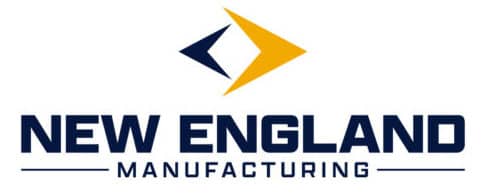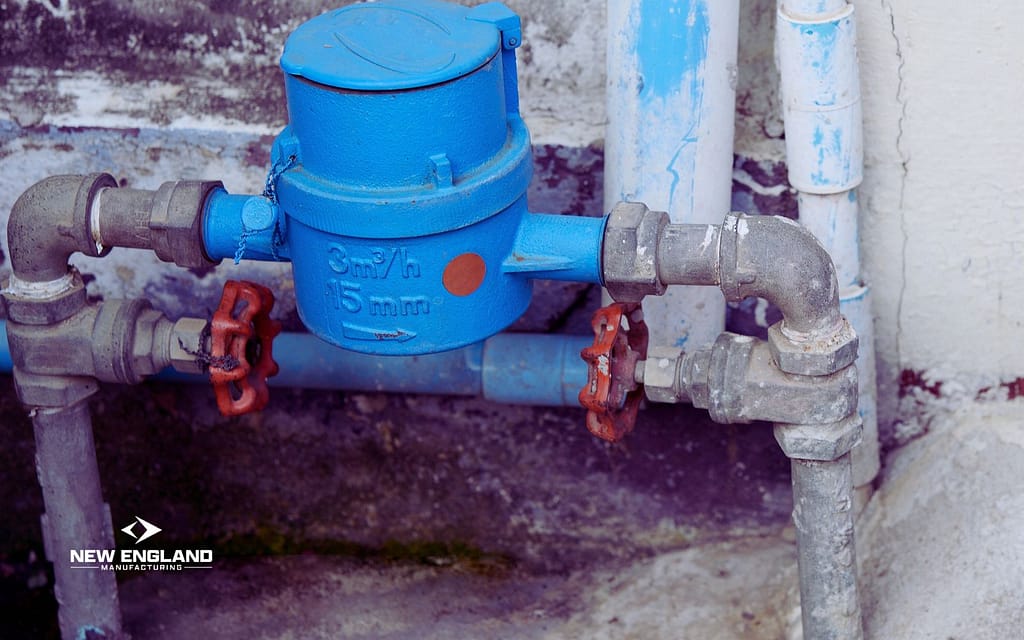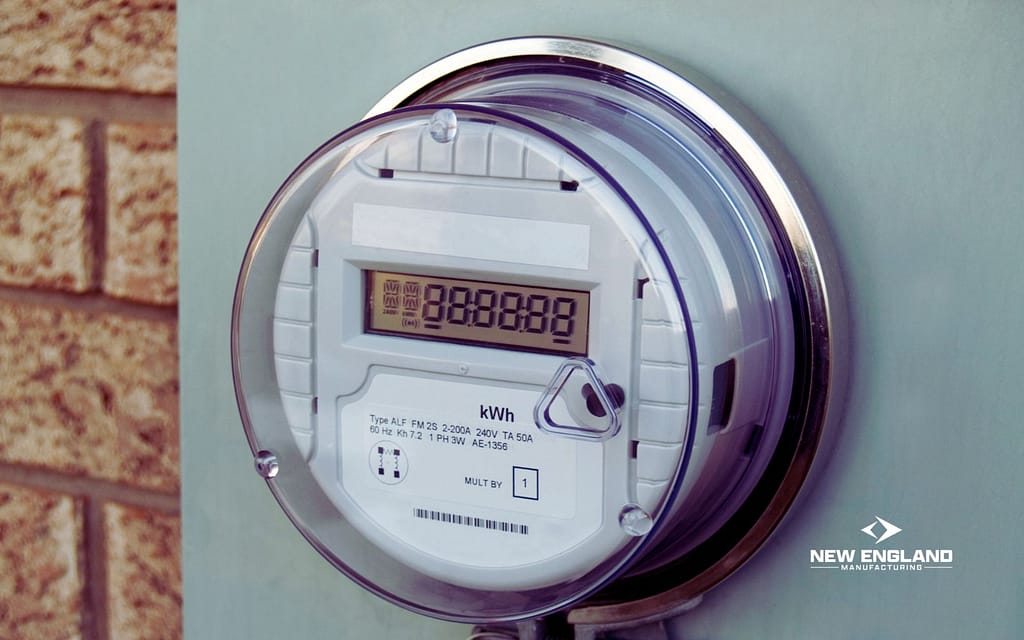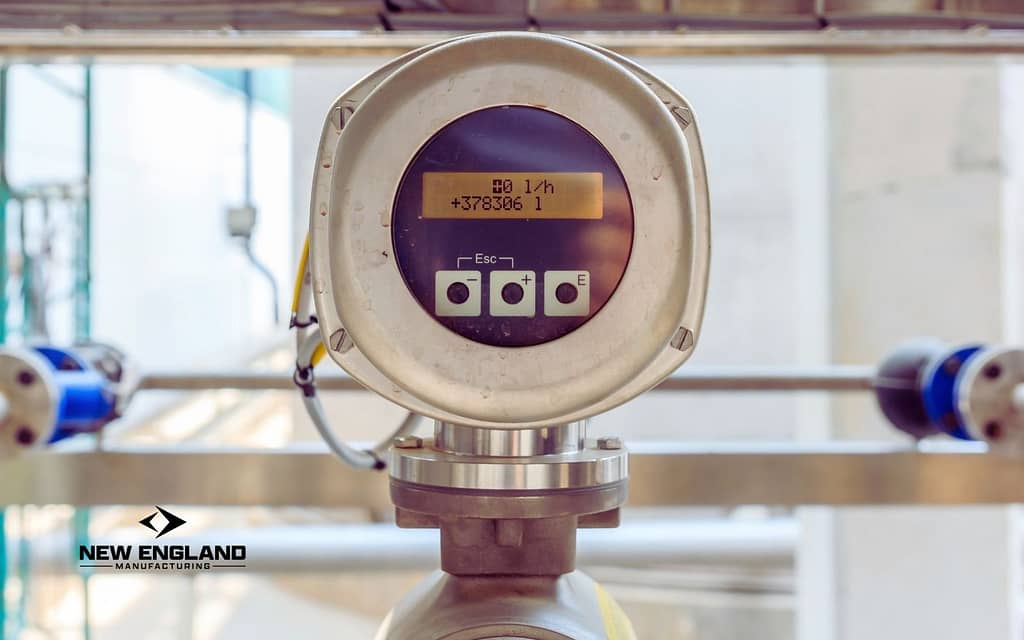How Does a Flow Meter Work? Types & Applications - NEMFG
Understanding flow measurement technology forms the foundation of modern industrial processes, particularly in fire protection systems and water management. Flow meters serve as crucial instruments in measuring and monitoring the movement of fluids through pipes and systems. This comprehensive guide explores how does a flow meter work, its applications, and the technology behind these essential measurement devices.
1. The Fundamental Principles Behind How Flow Meters Work
At its core, a flow meter operates by measuring the volume or mass of liquid, gas, or steam moving through a pipe or vessel over a specific time period. While this might sound straightforward, the actual mechanisms of how flow meters work involve sophisticated engineering principles adapted to various industrial needs.
Common Flow Measurement Methods and Their Applications
Before diving into specific types of flow meters, understanding the basic measurement methods helps clarify how flow meters work in different scenarios. Flow measurement types vary based on the application and required accuracy.
| Measurement Method | Working Principle | Typical Applications |
| Differential Pressure | Measures pressure difference across a constriction | Fire hydrant flow testing, industrial processes |
| Velocity | Measures fluid speed through a known pipe area | Water distribution systems, fire pump testing |
| Positive Displacement | Captures fixed volumes of fluid | High-accuracy liquid measurement |
| Mass Flow | Measures actual mass flow of fluid | Critical process control |
2. Different Types of Flow Meters and Their Working Mechanisms
Understanding how flow meters work requires knowledge of the various types available. Each type employs unique principles to measure flow accurately.
Mechanical Flow Meters: The Traditional Workhorses
Mechanical flow meters, including pitot tubes and turbine meters, represent some of the oldest and most reliable flow measurement technologies. Their working principle relies on direct interaction with the flowing fluid.
The following table outlines key mechanical flow meter characteristics:
| Feature | Description | Application Consideration |
| Moving Parts | Turbine or paddle wheel | Requires regular maintenance |
| Accuracy | ±1-2% of full scale | Suitable for clean fluids |
| Installation | Requires straight pipe runs | Installation guidelines crucial |
Electronic Flow Meters: Modern Precision
Electronic flow meters, particularly magnetic and ultrasonic varieties, demonstrate how flow meters work without moving parts. These meters use sophisticated sensors and flow transmitters to measure flow rates.
3. Case Study: Fire Protection System Flow Measurement
Consider a real-world application in fire protection systems. A municipal fire department needed to ensure adequate water supply for emergency response. They implemented a comprehensive fire hydrant testing program using flow meters.
Key components of their testing setup included:
- Water pressure gauges for static pressure measurement
- Pitot gauges for flow measurement
- Bleeder valves for system control
The testing program revealed:
| Measurement Point | Required Value | Actual Reading | Action Taken |
| Static Pressure | 60 PSI | 58 PSI | System adjustment |
| Flow Rate | 1000 GPM | 950 GPM | Pipe cleaning |
| Residual Pressure | 40 PSI | 42 PSI | Within spec |
4. Ensuring Accurate Flow Meter Operation
Understanding how does a flow meter work is crucial for maintaining their accuracy. Regular pressure gauge calibration and maintenance ensure reliable measurements.
Installation Requirements for Optimal Performance
Proper installation significantly impacts how flow meters work. Key considerations include:
| Requirement | Purpose | Impact on Accuracy |
| Straight Pipe Run | Flow stabilization | Up to 5% improvement |
| Proper Orientation | Sensor alignment | Critical for accuracy |
| Clean Fluid | Prevent interference | Extends meter life |
5. Advanced Applications and System Integration
Modern flow meters integrate with sophisticated control systems. For example, in fire pump systems, flow meters work alongside pressure sensors to maintain optimal system performance.
Flow Meter Selection Guide
Choosing the right flow meter requires understanding how different types work in specific applications:
| Application | Recommended Type | Key Consideration |
| Fire Protection | Differential Pressure | Hydrant connection compatibility |
| Process Control | Magnetic | Fluid conductivity |
| Custody Transfer | Positive Displacement | High accuracy needs |
6. Maintenance and Troubleshooting
Regular maintenance ensures flow meters work efficiently throughout their service life. Common maintenance tasks include:
| Task | Frequency | Purpose |
| Visual Inspection | Monthly | Check for damage |
| Calibration | Annually | Ensure accuracy |
| Performance Test | Quarterly | Verify operation |
For systems without dedicated flow meters, alternative methods exist for checking water pressure.
7. Industry Standards and Compliance Requirements
Understanding industry standards helps ensure flow meters work according to established regulations. Compliance requirements vary across industries and applications.
| Standard Body | Key Requirements | Application Area |
| NFPA 25 | Annual Testing | Fire Protection Systems |
| ISO 4185 | Calibration Methods | Industrial Flow Measurement |
| AWWA | Flow Rate Accuracy | Water Distribution |
8. Digital Integration and Smart Technology
Modern flow meters integrate sophisticated digital features that enhance their functionality. Smart technology enables remote monitoring and advanced analytics.
| Technology Feature | Operational Benefit | Implementation Impact |
| Remote Monitoring | Real-time Data Access | Reduced Site Visits |
| Data Analytics | Predictive Maintenance | Extended Equipment Life |
| Cloud Integration | Centralized Management | Improved Response Time |
9. Environmental Factors and Performance Optimization
Environmental conditions significantly impact how flow meters work in real-world applications. Understanding these factors ensures optimal performance.
| Environmental Factor | Impact on Performance | Mitigation Strategy |
| Temperature Variation | Accuracy Drift | Temperature Compensation |
| Humidity Levels | Electronic Reliability | Environmental Controls |
| Vibration | Mechanical Wear | Isolation Mounting |
10. Cost Considerations and Return on Investment
When evaluating flow meter solutions, understanding long-term costs and benefits helps make informed decisions.
| Cost Factor | Impact Period | Consideration Points |
| Initial Investment | One-time | Equipment and Installation |
| Maintenance Costs | Ongoing | Regular Service and Parts |
| Calibration Expenses | Periodic | Professional Services |
10.Frequently Asked Questions About How Flow Meters Work
Understanding flow meters can raise many questions. Below are answers to the most common queries about flow measurement technology and applications.
1. How does a flow meter work in basic terms?
A flow meter works by measuring the volume or mass of fluid passing through a pipe over time. The specific mechanism depends on the type of flow meter, but all operate on the principle of detecting and measuring fluid movement using various physical properties such as pressure difference, velocity, or electromagnetic fields.
2. What accuracy can I expect from a flow meter?
Modern flow meters typically provide accuracy ranges from ±0.5% to ±2% of the reading, depending on the type and application. Proper calibration maintains this accuracy over time.
3. How often should flow meters be calibrated?
Most industrial flow meters require annual calibration, though specific requirements vary by application. Fire protection systems often need more frequent verification to comply with safety regulations and fire hydrant testing requirements.
4. Can flow meters work with any type of fluid?
Different flow meters are designed for specific fluid types. Some work best with clean water, while others are designed for slurries, gases, or corrosive fluids. The key is matching the flow meter type to your specific application and fluid properties.
5. What causes flow meters to stop working correctly?
Common issues include:
- Mechanical wear – Moving parts may degrade over time.
- Improper installation – Misalignment or incorrect placement affects accuracy.
- Calibration drift – Regular calibration ensures consistent readings.
- Fluid contamination – Dirt, air bubbles, or impurities can impact performance.
Regular maintenance and inspection help prevent these problems.
6. How do digital flow meters work compared to mechanical ones?
- Digital Flow Meters: Use electronic sensors and signals to measure flow, often without moving parts. They provide higher accuracy and additional features like data logging.
- Mechanical Flow Meters: Use physical movement (such as rotating gears or turbines) to measure flow. They are simple and reliable but may require more maintenance.
7. What’s the best way to size a flow meter?
Proper sizing depends on several factors:
- Expected flow rates – Match the meter to typical and peak flow conditions.
- Pipe size – Ensure the meter fits the pipe diameter for accurate readings.
- Fluid properties – Consider viscosity, temperature, and pressure.
- Accuracy requirements – Choose based on industry standards and application needs.
For fire protection applications, consulting fire pump testing guidelines helps determine appropriate sizing.
8. How do environmental conditions affect flow meter operation?
Temperature, pressure, humidity, and vibration can all impact how flow meters work. Modern meters often include compensation features for environmental factors to maintain accuracy.
9. What are the latest innovations in flow meter technology?
Recent advances include:
- Wireless connectivity – Enables remote monitoring and real-time data access.
- Integrated analytics – Provides insights into system performance.
- Predictive maintenance – Detects potential issues before failures occur.
- Advanced sensors – Improve accuracy and efficiency across various fluid types.
10. How do I choose between different flow meter technologies?
Selection depends on:
- Application requirements – Industrial, commercial, or residential use.
- Fluid properties – Liquid, gas, slurry, or steam.
- Accuracy needs – High precision or general monitoring.
- Budget constraints – Cost-effectiveness versus advanced features.
For fire protection applications, consider factors such as hydrant connection compatibility and system requirements.
 Conclusion
Conclusion
The intricate workings of flow meters extend beyond basic measurement principles to encompass digital integration, environmental adaptability, and regulatory compliance. Understanding how flow meters work in various conditions and applications enables better system design and operation. With advancing technology and increasing regulatory requirements, selecting the right flow meter and maintaining it properly becomes crucial for system efficiency and compliance.
Regular calibration, proper maintenance, and adherence to industry standards ensure flow meters work reliably throughout their service life. The integration of smart technology and digital features further enhances their capability and utility across various applications, from fire protection to industrial process control.
Take Action for Your Flow Measurement Needs
Ensure your flow measurement systems meet industry standards and operate at peak efficiency:
- Explore our comprehensive range of water flow test equipment for your specific needs
- Learn about our professional calibration services for accurate measurements
- Contact our team for expert guidance on flow meter selection and maintenance
Our experienced professionals are ready to help you select, implement, and maintain the right flow measurement solution for your application. With over 95 years of industry experience, we provide reliable equipment and services that ensure your systems operate safely and efficiently.
Get in touch with us
Get in touch
We usually respond within 24 hours




 Conclusion
Conclusion